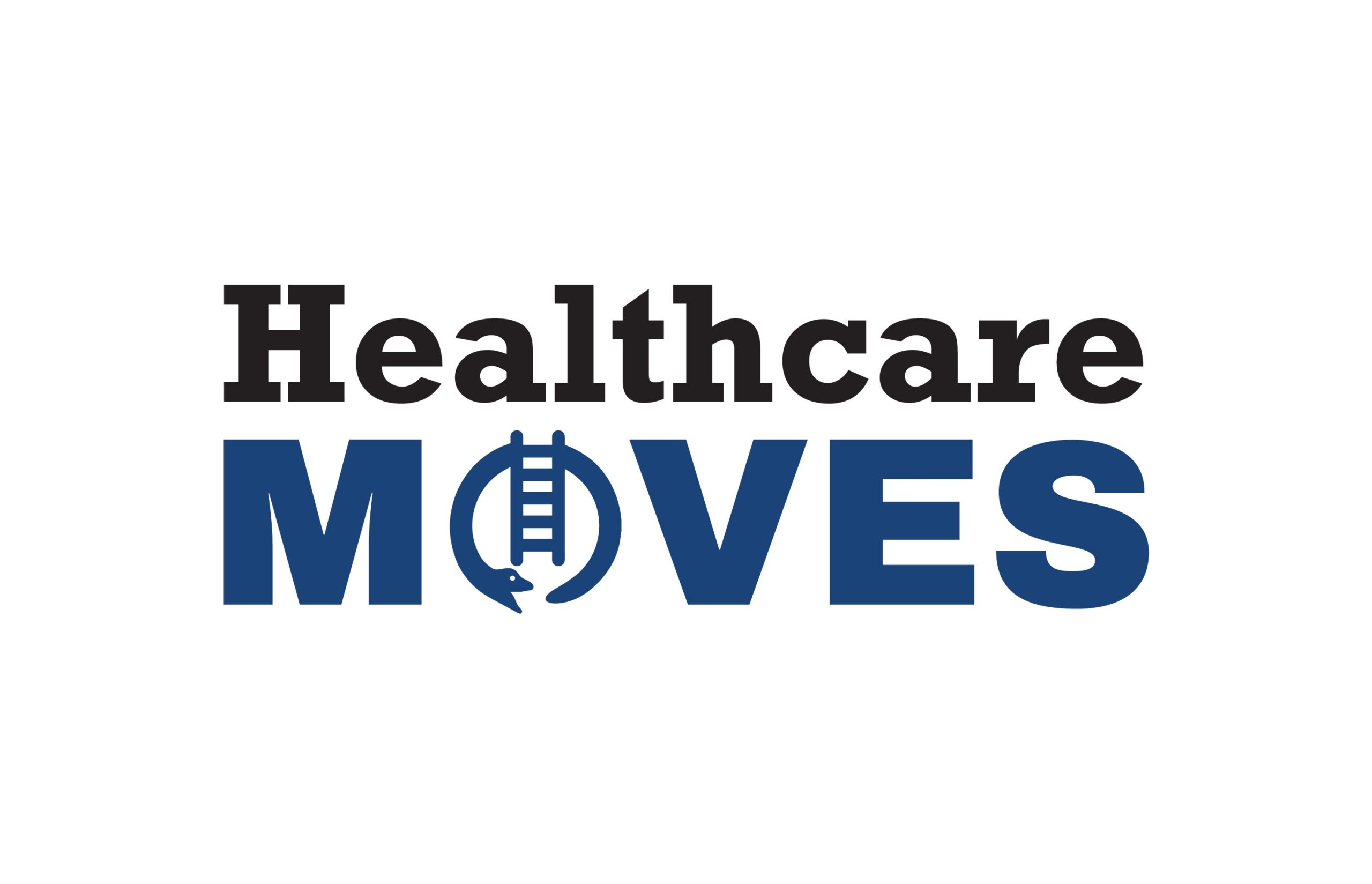
Surescripts has unveiled its 2016 National Progress Report, and the results look positive — particularly on the interoperability and e-prescribing fronts.
Over the course of last year, 1.3 million healthcare professionals connected to its network, which is 21.5 percent more than in 2015. Additionally, Surescripts processed 10.9 billion transactions in 2016 (compared to 9.7 billion in 2015), including 1.6 billion electronic prescriptions.

With the Rise of AI, What IP Disputes in Healthcare Are Likely to Emerge?
Munck Wilson Mandala Partner Greg Howison shared his perspective on some of the legal ramifications around AI, IP, connected devices and the data they generate, in response to emailed questions.
These year-over-year increases bode well for the Arlington, Virginia-based health information network and for the healthcare industry at large.
“I think it proves there’s a need for electronic connectivity among providers,” Paul Uhrig, Surescripts’ chief administrative, legal and privacy officer, told MedCity in a phone interview. “I think people fully realize the benefits of that digitized process and using it to get actionable intelligence to the point of care.”
And getting to the point of care is a crucial part of the process. The company also reported that 1.08 billion medication history transactions were made available to providers in 2016, up slightly from 1.05 billion in 2015. In the same vein, Surescripts delivered over 2.2 million documents regarding where patients received care to over 165,000 clinicians last year.
Uhrig said data points like these go back to the significance of giving physicians the correct information about their patients.
“Knowing what medications a patient is on is extremely important,” he noted. “It allows [clinicians] to provide better healthcare to their patient. It’s also a way, in today’s age of the opioid epidemic, to see if their patient is at risk of abusing prescription drugs.”
While e-prescribing continues to grow in popularity, it can leave room for mistakes. Surescripts, however, is working toward its goal of zero e-prescribing errors. “It’s one of the reasons why we were founded,” Uhrig said.
To decrease the likelihood of errors, Surescripts has launched numerous initiatives. For example, through its critical performance improvements program, the company brings together representatives from EHR vendors, pharmacies and PBMs to align their goals and work toward improving the process.
Additionally, earlier this year, Surescripts launched a new technology — called Sentinel — that strives to measure the accuracy of e-prescriptions. “It gives us a much better picture of what’s happening,” Uhrig said.
Looking ahead, one of the company’s aims revolves around e-prescribing of controlled substances. Last year, there were 45.3 million e-prescriptions for controlled substances, representing a 256 percent leap from 2015, when there were 12.8 million. But there’s still work to be done as far as EPCS is concerned, Uhrig said.
“It’s a continuous journey,” he concluded.
Photo: yalcinadali, Getty Images














